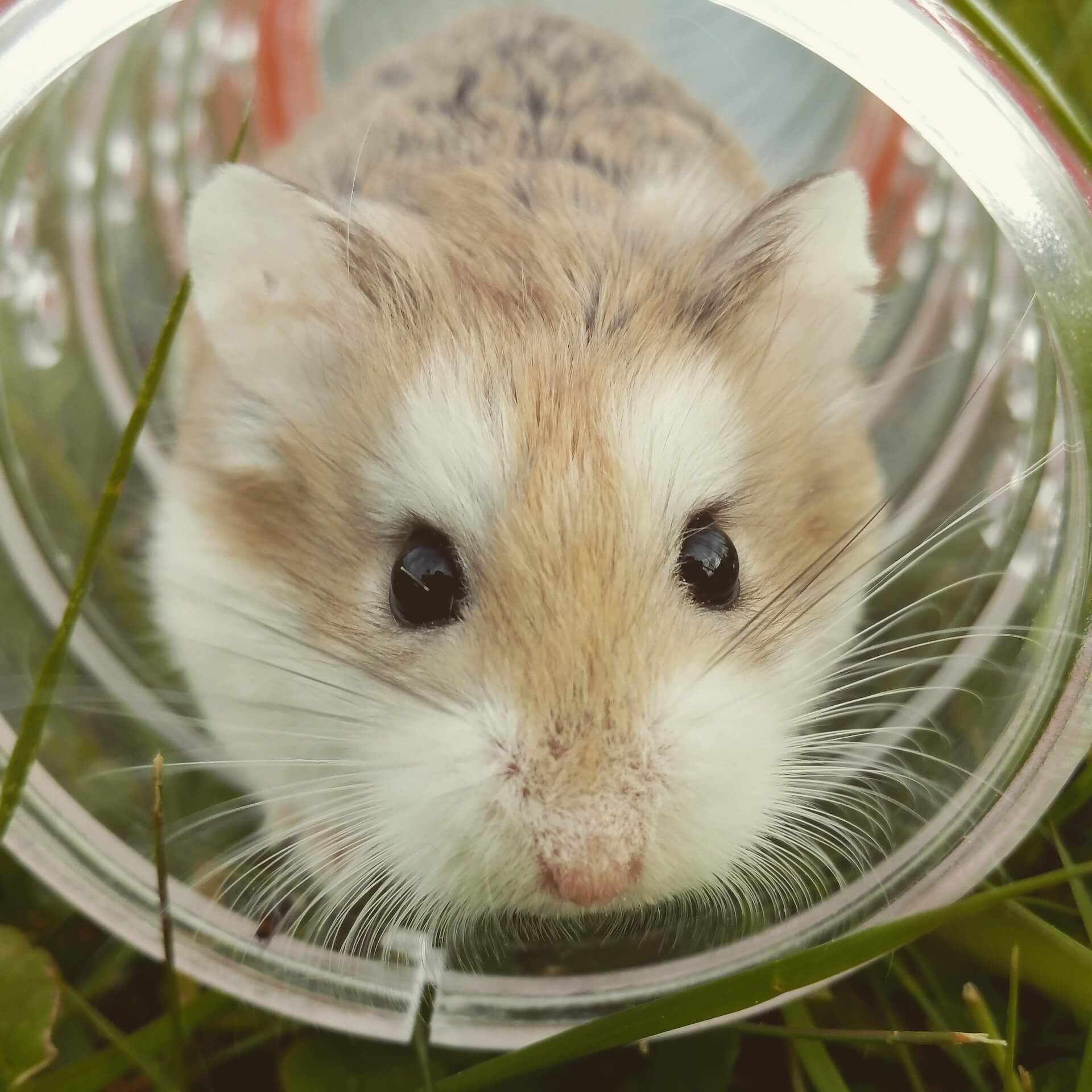Hamsters are popular small pets known for their adorable appearance and playful nature. To ensure the health and happiness of your furry friend, it’s crucial to provide them with a well-balanced diet. Hamster nutrition plays a significant role in their overall well-being, and understanding their dietary needs is essential. In this guide, we’ll explore the basics of hamster diet, including nutrition, treats, and feeding tips.
Understanding Hamster Dietary Needs
Hamsters are omnivorous, which means they have a varied diet that includes both plant and animal-based foods. To meet their nutritional requirements, you should provide a diverse selection of foods that mimic their natural diet. Here are the key components of a hamster’s diet:
1. Hamster Pellets
High-quality commercial hamster pellets should form the foundation of your hamster’s diet. These pellets are specially formulated to provide essential nutrients, vitamins, and minerals. Make sure to choose a brand that is appropriate for your hamster’s species (e.g., Syrian hamster or dwarf hamster).
2. Fresh Water
Clean, fresh water should always be available to your hamster. Use a water bottle with a sipper tube to prevent spills and contamination.
3. Fresh Vegetables
Offer a variety of fresh, washed vegetables as part of your hamster’s daily diet. Suitable options include leafy greens like spinach and kale, as well as vegetables like carrots, cucumbers, and bell peppers. Rotate the vegetables regularly to ensure dietary diversity.
4. Fresh Fruits
Fruits are a tasty treat for hamsters, but they should be fed in moderation due to their sugar content. Offer small portions of fruits like apple slices, pear slices, and berries as occasional treats. Remove uneaten fruit promptly to prevent spoilage.
5. Protein Sources
Hamsters require protein in their diet, and you can provide this through various sources, including:
- Commercial hamster food: Many high-quality hamster pellets contain the necessary protein.
- Insects: Offer small amounts of insects like mealworms, crickets, or dried insects as a protein source.
- Cooked eggs: Give your hamster a small piece of cooked egg (boiled or scrambled) once in a while for added protein.
6. Seeds and Grains
In the wild, hamsters eat seeds and grains, so these can be included in their diet. Some commercial hamster food mixes contain a variety of seeds and grains, but be cautious about overfeeding them, as these can be high in fat.
Feeding Tips
To ensure your hamster’s diet is balanced and suitable for their health, follow these feeding tips:
1. Portion Control: Hamsters are small animals, so portion control is essential. Overfeeding can lead to obesity and other health problems. Follow the recommended serving sizes on the hamster food packaging.
2. Variety: Offer a diverse range of foods to provide essential nutrients and prevent boredom. A varied diet mimics their natural foraging behavior.
3. Freshness: Ensure that fresh foods are clean and free from pesticides or contaminants. Wash fruits and vegetables thoroughly before offering them to your hamster.
4. Remove Uneaten Food: Hamsters have a habit of storing excess food in their cheek pouches. Be diligent about removing any uneaten food from the cage to prevent spoilage and maintain cleanliness.
5. Avoid Toxic Foods: Never feed your hamster foods that are toxic to them, such as chocolate, caffeine, onions, garlic, or citrus fruits.
6. Gradual Introductions: When introducing new foods to your hamster’s diet, do so gradually and in small quantities to prevent digestive upset.
Treats for Hamsters
While treats can be a fun way to bond with your hamster, they should be given sparingly and in moderation. Here are some safe treat options for your furry friend:
- Dried fruits: Small pieces of dried fruits like apricots, raisins, or banana chips can be given occasionally.
- Yogurt drops: Some hamsters enjoy yogurt drops, but they should only be offered as an occasional treat due to their sugar content.
- Nuts: Small pieces of unsalted nuts like almonds or walnuts can be a tasty treat, but they are high in fat, so limit the quantity.
- Chew toys: Chew toys made from safe materials like untreated wood can serve as both entertainment and dental care for your hamster.
Final Thoughts
A balanced diet is crucial for the health and happiness of your hamster. Providing a combination of commercial hamster pellets, fresh vegetables, fruits, protein sources, and the occasional treat will help ensure that your furry friend receives the necessary nutrients for a long and healthy life.
Remember that every hamster is unique, and dietary preferences may vary. Pay attention to your hamster’s individual likes and dislikes, and adjust their diet accordingly. By offering a diverse and well-balanced menu, you can ensure that your hamster thrives in your care.



